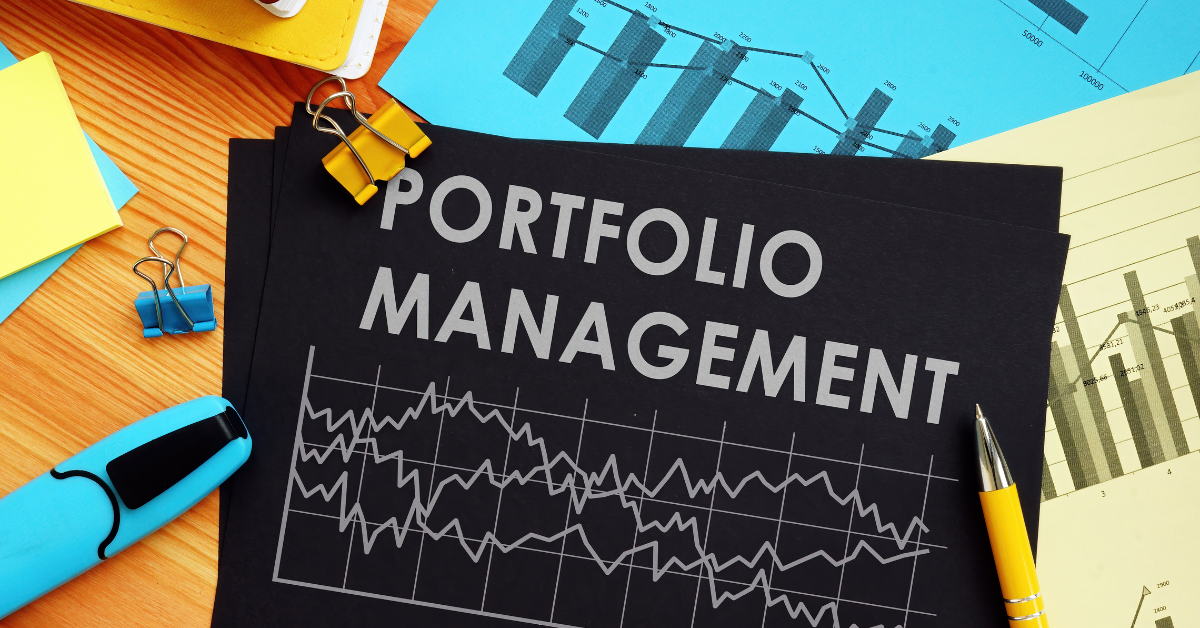Your portfolio can be more diverse if you use a mix of passive investing, active investing, and direct indexing. As you build a long-term, core portfolio, there are some Strategies for Building a Portfolio you may want to keep in mind. For example, you may want to keep costs low, make sure your investments are tax-efficient, and make sure they fit with your values.
Is that asking too much? Not anymore, because new technology gives individual investors the tools they need to manage their investments the way they want and need to. But where to start? The answer is to think about the kinds of strategies you should use based on your end goals.
In this article, we’ll look at passive investing, active investing, and direct indexing as three ways to build a core portfolio. We’ll look at the pros and cons of each and how combining them can help you get the most out of their pros and minimize their cons.
Strategies for Building a Portfolio are:
Passive investing
This strategy try to match the performance of an index, like the S&P 500. This group includes most index funds and exchange-traded funds (ETFs). Today, more than half of all U.S. stock funds and almost a third of all U.S. bond funds are in this group.
Pros
Low-priced: Passive strategies have become very popular in recent years because they have very low fees. In 2020, the average annual expense ratio for an index equity mutual fund was only 0.06 percent, and the average annual expense ratio for an index equity ETF was 0.18 percent.
Access: Since the number of index funds and exchange-traded funds (ETFs) has grown quickly in the past few years, you can now invest in a wide range of segments, sectors, and regions.
Transparency: You can easily see what you own because passive fund managers just try to copy an index.
How well taxes work: Passively managed funds are less likely to pay out capital gains than actively managed funds because they don’t trade as often.
Cons
There’s no chance of doing better: Passive funds are graded on how well they follow their underlying index. This means that, in most cases, they won’t do worse than the index they’re following, but they also won’t do better.
Little freedom: you’re usually stuck with a set group of stocks or other securities, which only changes when an index member is taken out of the index.
FOMO stands for fear of missing out. You might miss out on big gains in newer stocks that are still too small to be in an index, but you could get those gains if you buy the stocks directly through active investing.
Active investing
Professional money managers run actively managed funds and try to beat their benchmarks, make money, keep capital safe, or reach other goals by using their own research to choose which investments to make. Their “active” nature usually comes from the fact that these funds tend to trade more often.
Pros
Potential to do better than the market: Active managers can try to beat the market by buying and selling at the right time or by hedging against market drops.
Flexibility: Since active managers don’t have to follow a certain index, they are more likely to have a solution that fits an investor’s market views and risk tolerance.
Tax management: Active managers can sell investments that are losing money when it makes sense to pay taxes on investments that are making money.
Cons
High price: Active funds cost more to run because they need more management. In 2020, the average annual expense ratio for a U.S. stock fund that was actively managed was 0.71 percent.
Possibility of not doing well: Most actively managed funds can’t keep up with the market as a whole, especially over longer time periods. Choosing the right manager is the key to success with this strategy.
Lack of transparency: Active fund managers only have to report what they own every three months, so investors don’t know what they own in real time.
Capital gains: Due to their high turnover, active funds often have taxable events even when an investor isn’t redeeming shares. Some of these gains can trigger capital gains taxes if there aren’t any capital losses to offset them.
Direct indexing
With direct indexing, investors can hold individual stocks in an index instead of holding them through a mutual fund or ETF. This lets investors take advantage of tax-loss harvesting in which individual securities that have lost value can be sold to offset the capital gains taxes from positions that were sold for a profit. Direct indexing also gives investors the chance to make their index holdings fit their needs by leaving out securities that don’t fit with their views or values. Direct indexing is a hybrid strategy. It combines the best parts of both passive and active strategies.
Pros
Higher potential after-tax returns: Direct indexing involves opportunistic tax-loss harvesting, investors have the chance to increase their after-tax returns, generating outperformance (called “tax alpha”) compared to the benchmark index and keeping the money that would have been used to pay capital gains taxes invested.
Customization: Investors can change the holdings of an index fund to fit their needs and values and to avoid putting too much money in outside stocks.
Transparency: Direct indexing gives the same level of real-time transparency as index funds and ETFs, and maybe even more “control” over what they own than other options.
Cost: Investors get some of the most important benefits of actively managed funds for less money.
Flexibility in giving to charity: With direct indexing, you can choose which stocks have gone up in value to give away to help others and avoid paying taxes at the same time. This is something that passive and active investing strategies can’t do because they can’t separate groups of stocks.
Cons
Investment minimums: Even though technological advances have made it easier for more people to invest in these funds because the amount of money you need to start is less, it may still be too much for some investors.
Only in stock: At the moment, direct indexing isn’t possible for a lot of asset classes, like bonds or commodities. However, technology and innovation may make this possible in the future.
Cost: Since active management is needed for direct indexing, these funds are more expensive than passively managed funds.
Tracking mistake: If you can change your holdings and use single-position tax-loss harvesting, your returns could be different from the benchmark index before taxes.
FOMO: You may miss huge gains in new stocks. However, if you invest actively and buy the stocks directly, you could benefit from such gains.
Bottom Line(Strategies for Building a Portfolio)
Which strategy you use in your core portfolio will depend on your specific situation in the end. “You should also think about your goals, tax situation, ability to take risks, willingness to take risks, and your own values and perspectives. Many investors find that a mix of both passive and active strategies works best. For example, an investor might put most of their money in index funds and exchange-traded funds (ETFs) to keep costs low, but they might also use actively managed funds to help them navigate the market’s twists and turns and protect themselves from downside risks. Strategies for Building a Portfolio should choose wisely.
And now that direct indexing is more widely available, investors can do both passive and active investing with the same tool.
Also read


